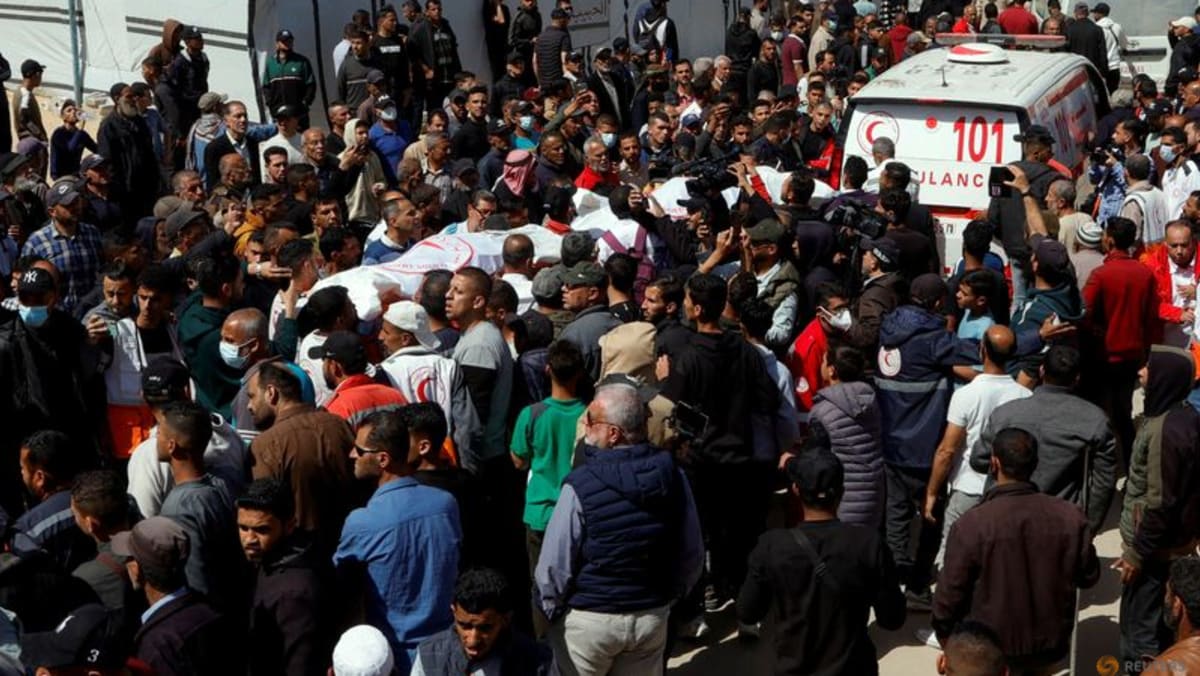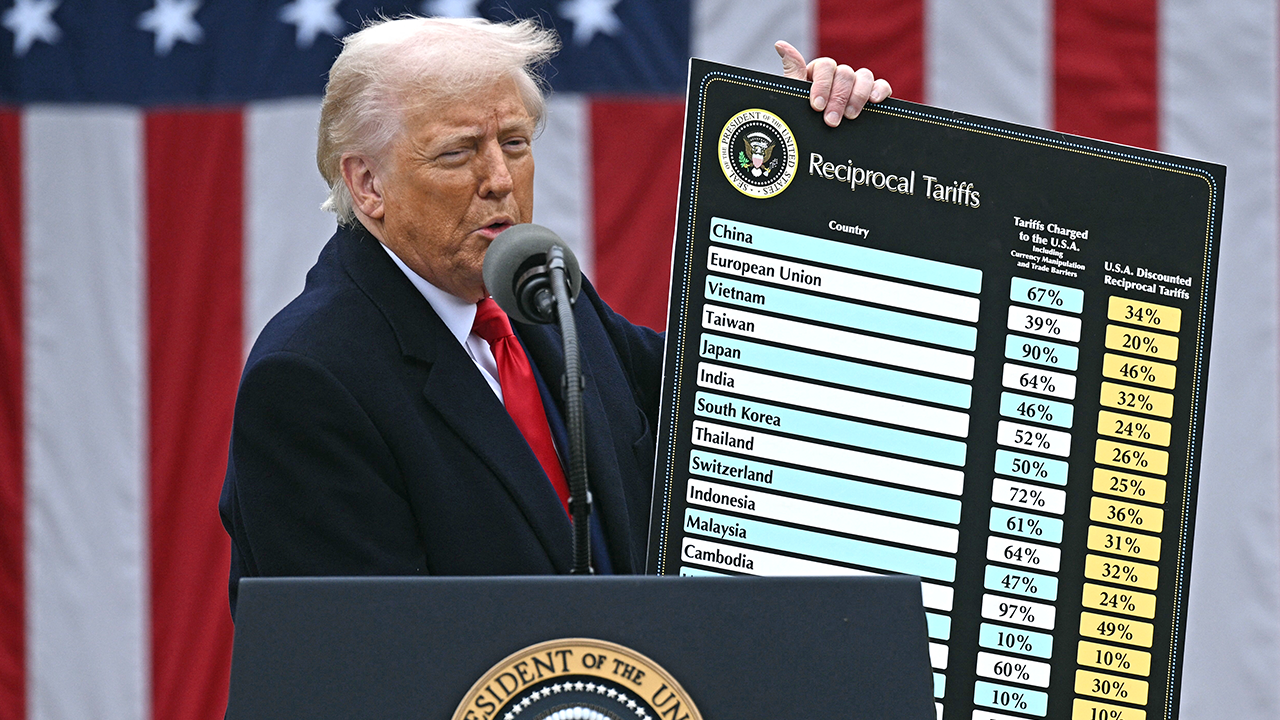The Global Fund has invested $4.8 billion in the fight against HIV, Tuberculosis, and malaria in Nigeria from 2003 to 2024.
Out of this amount, over $2 billion, representing 42 per cent, was invested in malaria response.
The Executive Director of the Country Coordinating Mechanism (CCM) of the Global Fund disclosed this at a media-focused meeting organised by the Society in Malaria Control, Immunization, and Nutrition (ACOMIN) on Sunday in Abuja.
He noted that under this implementation period, over $396 million is specifically set aside for malaria and is expected to be utilised to support certain interventions like vector control, insecticide-treated nets, and Seasonal Malaria Chemoprevention (SMC), among others.
He stressed the need to involve communities in the implementation of these programs to ensure transparency and accountability.
Also speaking, the National Coordinator of Civil Society in Malaria Control, Immunization, and Nutrition (ACOMIN), Ayo Ipinmoye, said that in the wake of mounting evidence suggesting a strong correlation between malaria incidence and changes in temperature, rainfall, and humidity, the World Health Organization and World Meteorological Organization have identified malaria as one of the most climate-sensitive diseases.
He noted that in 2022, an estimated 249 million people contracted malaria in 85 countries, while the disease claimed approximately 608,000 lives that same year.
Ipinmoye observed that malaria is a life-threatening disease primarily found in tropical countries, and nearly half of the world’s population is at risk of malaria. He added that without prompt diagnosis and effective treatment, a case of uncomplicated malaria can progress to a severe form of the disease, which is often fatal without treatment.
He stated that in regions already affected by the disease, the impact of climate on malaria is mainly related to changing rainfall patterns or increased flooding risk. In a typical year, most malaria cases are recorded when rainfall peaks during the months of May to July. According to him, areas of stagnant water created by heavy rainfall provide breeding grounds for malaria-carrying mosquitoes. Now, rainy seasons are becoming more erratic, and increased flooding due to rising sea levels adds to the danger.
He said, “Who is more at risk of malaria infection? According to WHO – Infants and children under 5 years of age, pregnant women, and patients with HIV/AIDS. Other vulnerable groups include people entering areas with intense malaria transmission who have not acquired partial immunity from long exposure to the disease, or who are not taking chemo-preventive therapies, such as migrants, mobile populations, and travellers.”
Ipinmoye noted that it is more cost-effective to prevent malaria than to treat it and urged Nigerians to ensure they do a lab test before treating any fever because not every fever is malaria. He stressed that if the treatment is not based on diagnosis, it will not be appropriate.
He also observed that health is on the concurrent list, and the states and local governments have responsibilities to ensure that the primary healthcare facilities, which are the closest to most Nigerians, are functional.
On his part, the Head of Advocacy of the National Malaria Elimination Programmes (NMEP), Mr Raphael Onyilo, stated that malaria is a public health issue, and for it to be eliminated, all stakeholders, including the communities, must be involved.
Onyilo stated that the Seasonal Malaria Chemoprevention (SMC) is ongoing to prevent malaria in children between 3 to 59 months. He observed that the media has a critical role to play in ensuring the effective implementation of the communication strategy in order to change the behaviour of the people.




















Discussion about this post